Although most Japanese people have nowadays adopted the Western style of clothing, the Japanese kimono is still worn for special occasions such as weddings, official ceremonies and graduations.
Wearing a kimono follows very precise rules and requires a lot of practice and learning. By the way, Japanese people have a special term for the art of wearing a kimono, called kitsuke.
The choice of kimono and its accessories should not be done lightly because kitsuke is a highly codified art. For example, women should choose their kimono according to their marital status, their age and the event. However, this article will not go into these details.
Instead, we will look at the five basic rules to follow if you wish to wear a kimono beyond the type of kimono you should choose.
1. Cross the left side over the right side

In order to close your kimono (or yukata) correctly, make sure that the left side is wrapped over the right one. Never cross your kimono the other way round, as this is reserved for those who have passed away... If your Japanese kimono is closed with its right side over the left, it symbolizes death and it might be better to avoid that.
A small trick to remember which side is right: the part of the kimono that closes last is the one that is on the side of the heart. Always double check your kimono before going outside.
2. Wear white tabi socks

The kimono is a formal garment and it is therefore mandatory to wear white tabi socks in your geta or zori. Bare feet and fancy socks are not recommended!
A little advice if you wish to wear a kimono someday: put on your pair of tabi before putting on your kimono because, once you are wrapped in this straight garment, it won't be easy to reach your feet.
On the contrary, if you wish to wear a yukata, you can either stay barefoot in your Japanese sandals or indulge yourself with colorful socks.
3. Tie the obi knot on the backside

Ever since the 1700s, it has been the standard practice to tie the obi in the back, but this was not always the case.
In the early Edo period (1600-1868), the obi knot was worn either in the front, in the back or even on the sides depending on the wearer's mood and desire. At one point, wearing the obi knot in the front was even considered fashionable.
At the end of the Edo period, the knot's position was an indicator of the social status of the woman wearing it. Married women wore the knot in the back, while the knot in the front was reserved for bachelors, widows and courtesans.
Nowadays, it is common practice to wear the knot on the back of your obi. For formal events, it is best to use simple and elegant traditional knots.
Learn more about the incredible evolution of the obi belt by reading our article on the history of the kimono obi.
4. Wear a nagajuban under your kimono

The Japanese kimono is usually made of a delicate and very expensive fabric. To extend its life expectancy, this traditional garment must be washed as few times as possible. For this reason, Japanese people wear an undergarment under the kimono, named the nagajuban, a sort of white cotton dress.
Worn underneath the kimono, the nagajuban can only be seen at the collar level. This double collar is what makes it easy to recognize a kimono. For women, the collar of the garment should be nicely shaped and slightly pulled back so as to clear the nape of the neck, an area considered erotic for women.
5. Reserve the yukata for informal events

The yukata is a light and casual version of the kimono, usually made of cotton and worn without a nagajuban. This garment is often worn after a bath, at home or during fireworks festivals that are organized each year in summer.
It is very much frowned upon to wear a yukata to a formal event, a tea ceremony or a wedding. However, it is not always easy for Westerners to distinguish the yukata from the kimono. To avoid making this mistake, check out our article: Yukata vs Kimono: what is the difference?
Now that you are aware of the 5 rules to respect when wearing a Japanese kimono, why not give the kitsuke adventure a try? Browse our collections of Japanese kimono for women and kimono for men and find the Japanese garment that suits you!
If wearing a traditional kimono seems too much of a challenge, you can always choose to wear this garment in a more modern way! These days, many variations of the kimono exist with shorter fits, lighter fabrics and more trendy patterns. Discover how to wear the Japanese kimono for women (online soon), whether at the office, for a night out or at home.


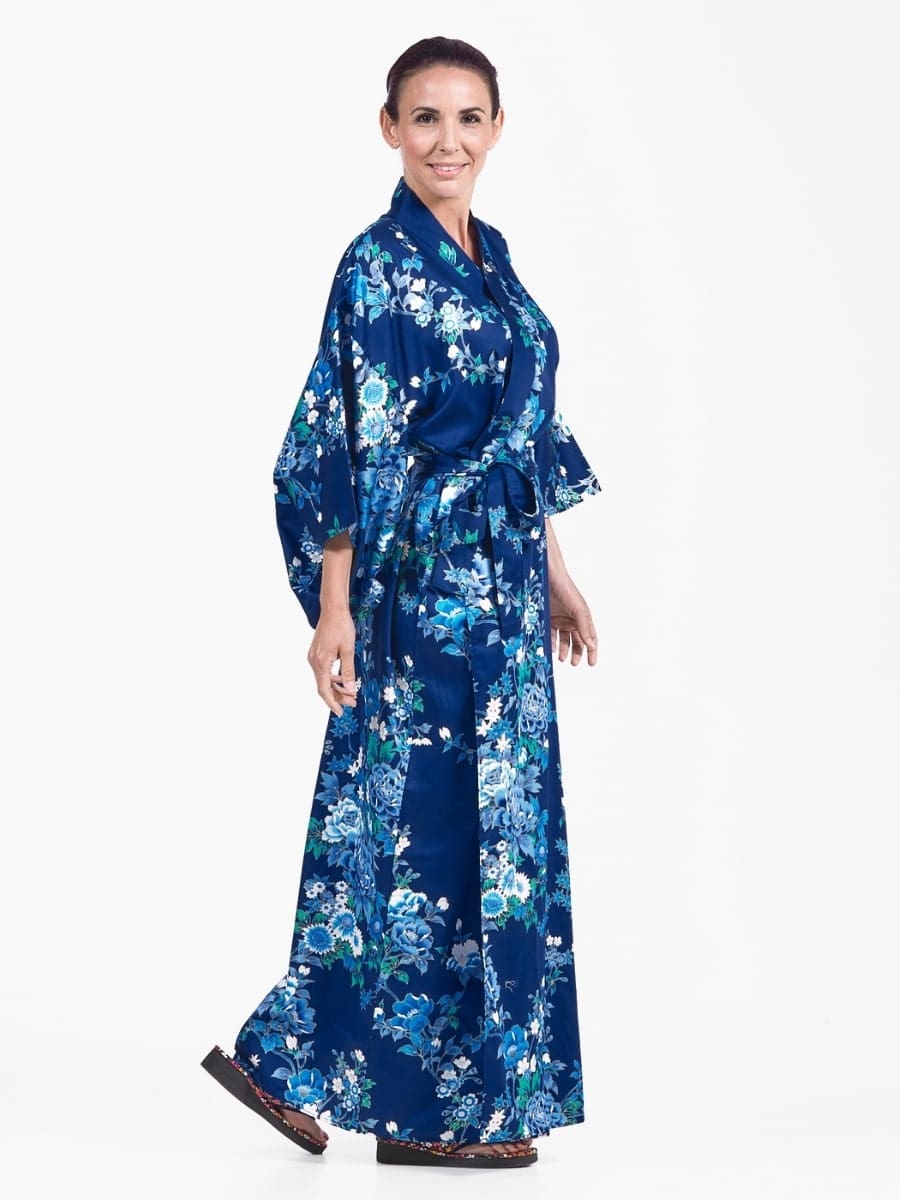
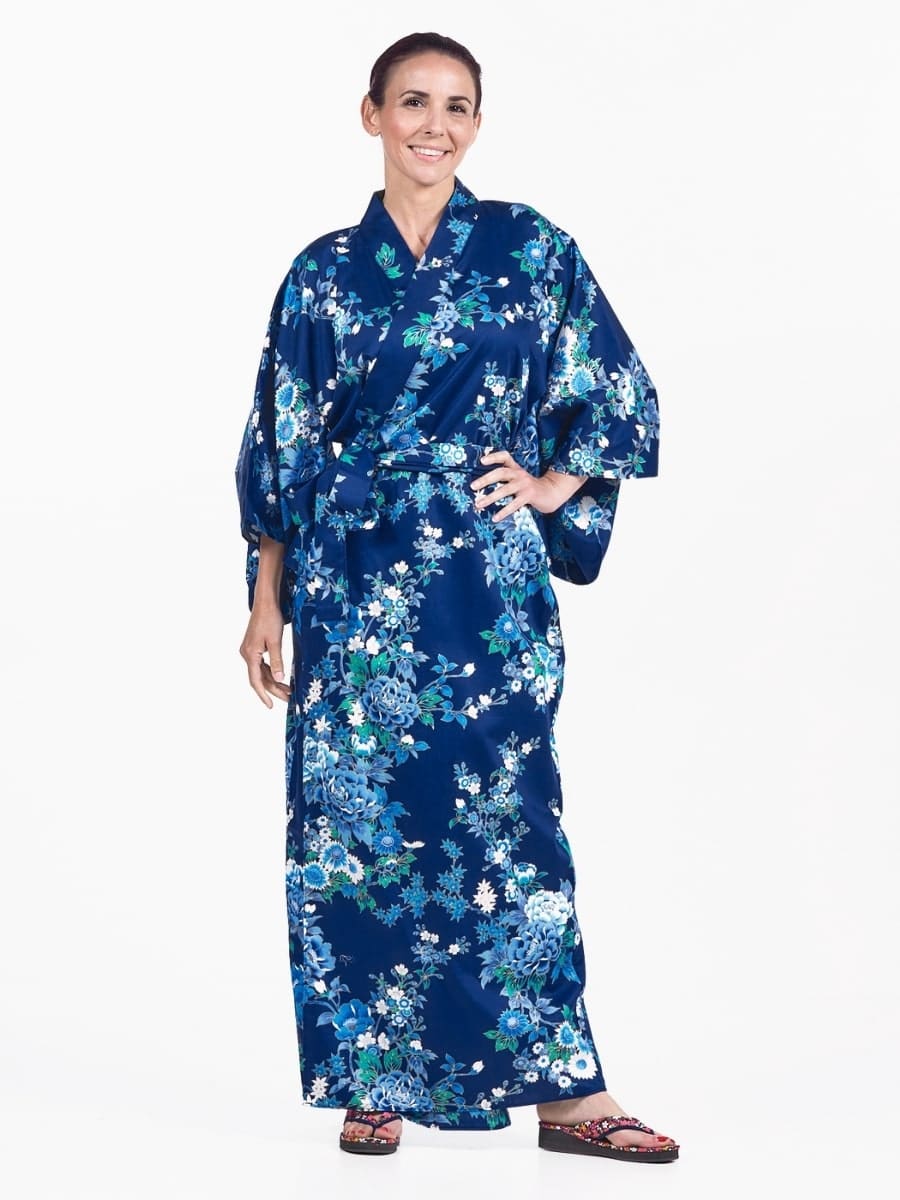
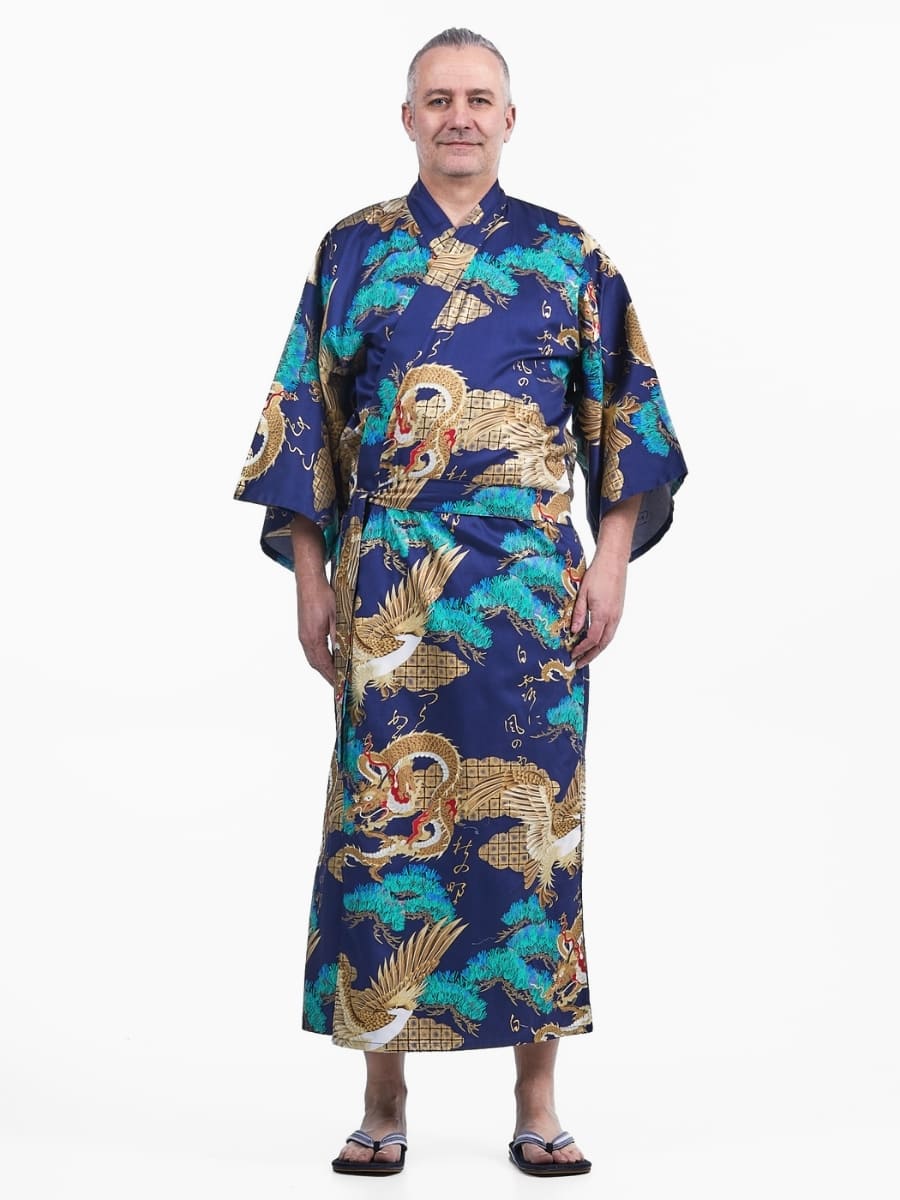
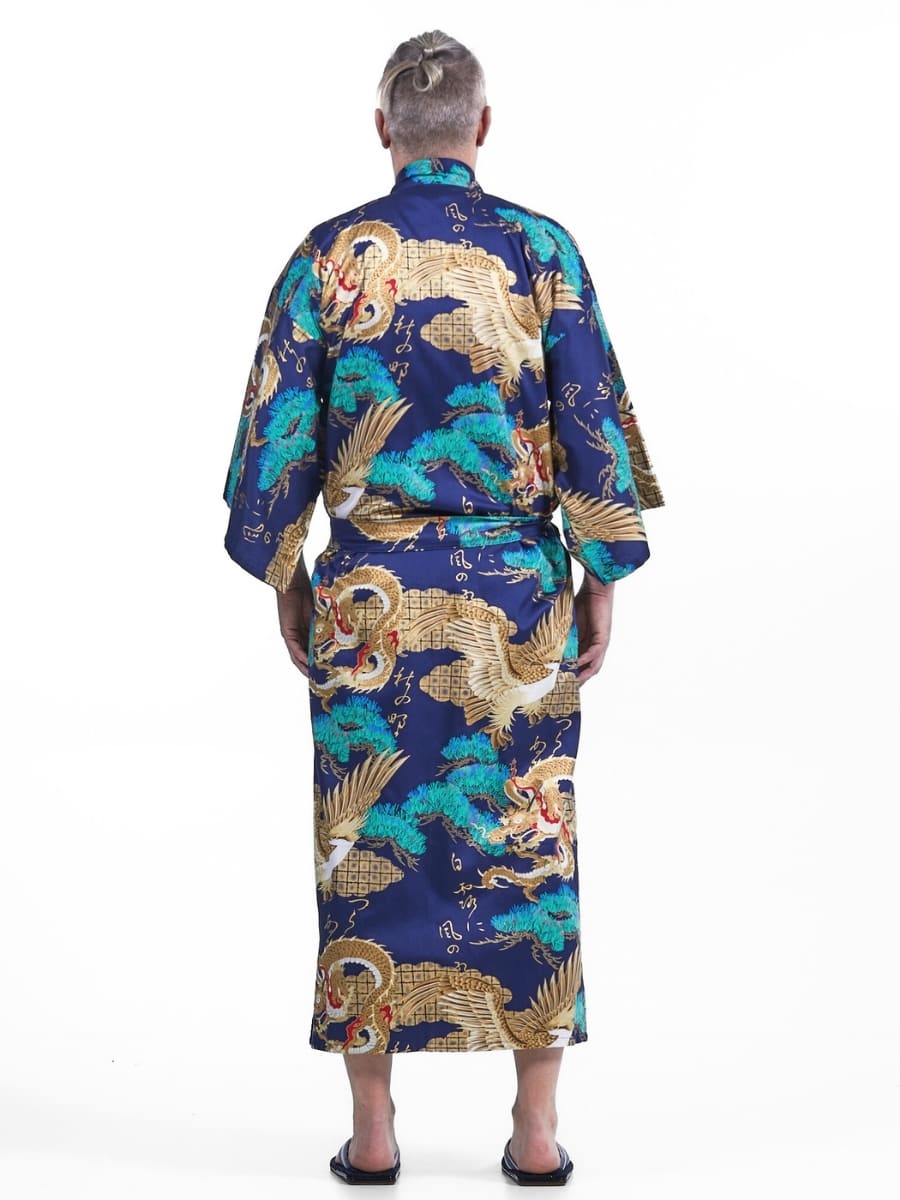

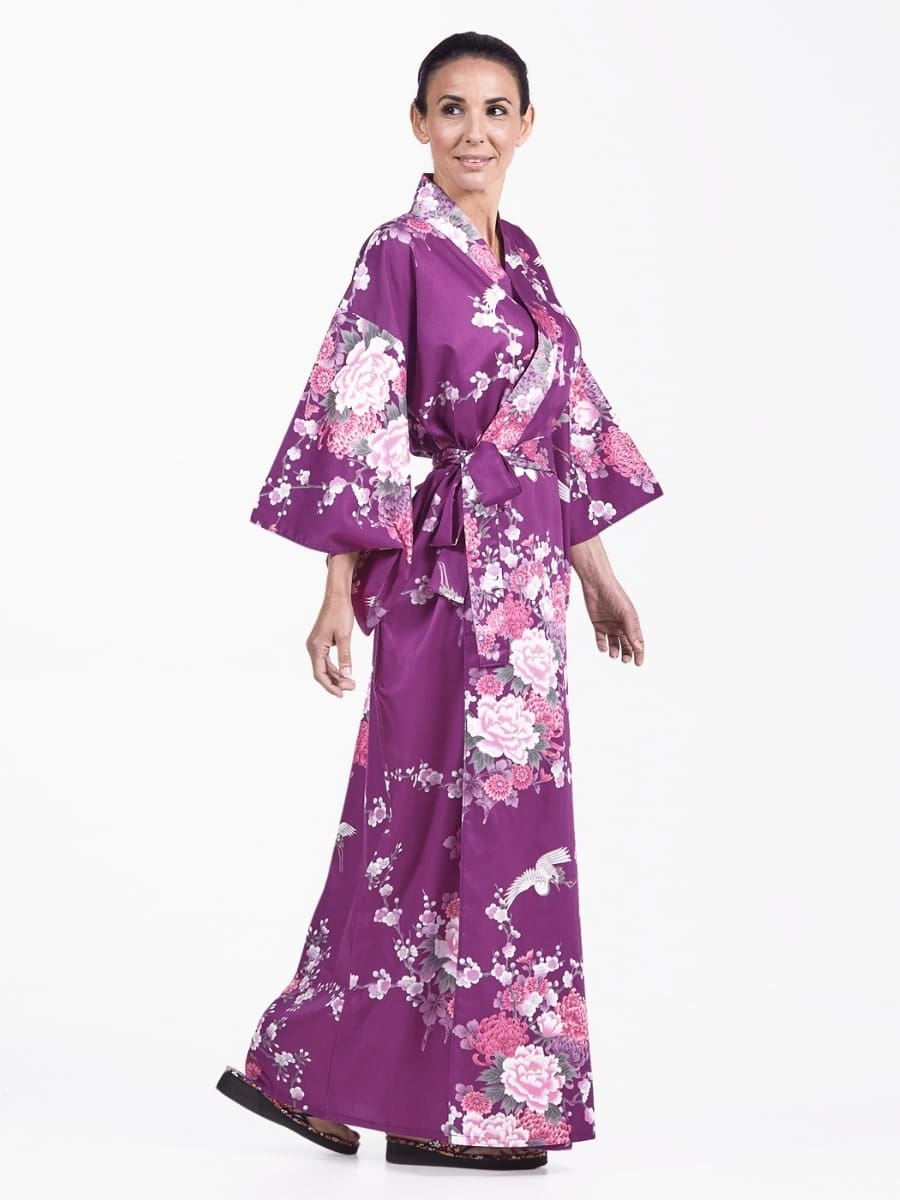
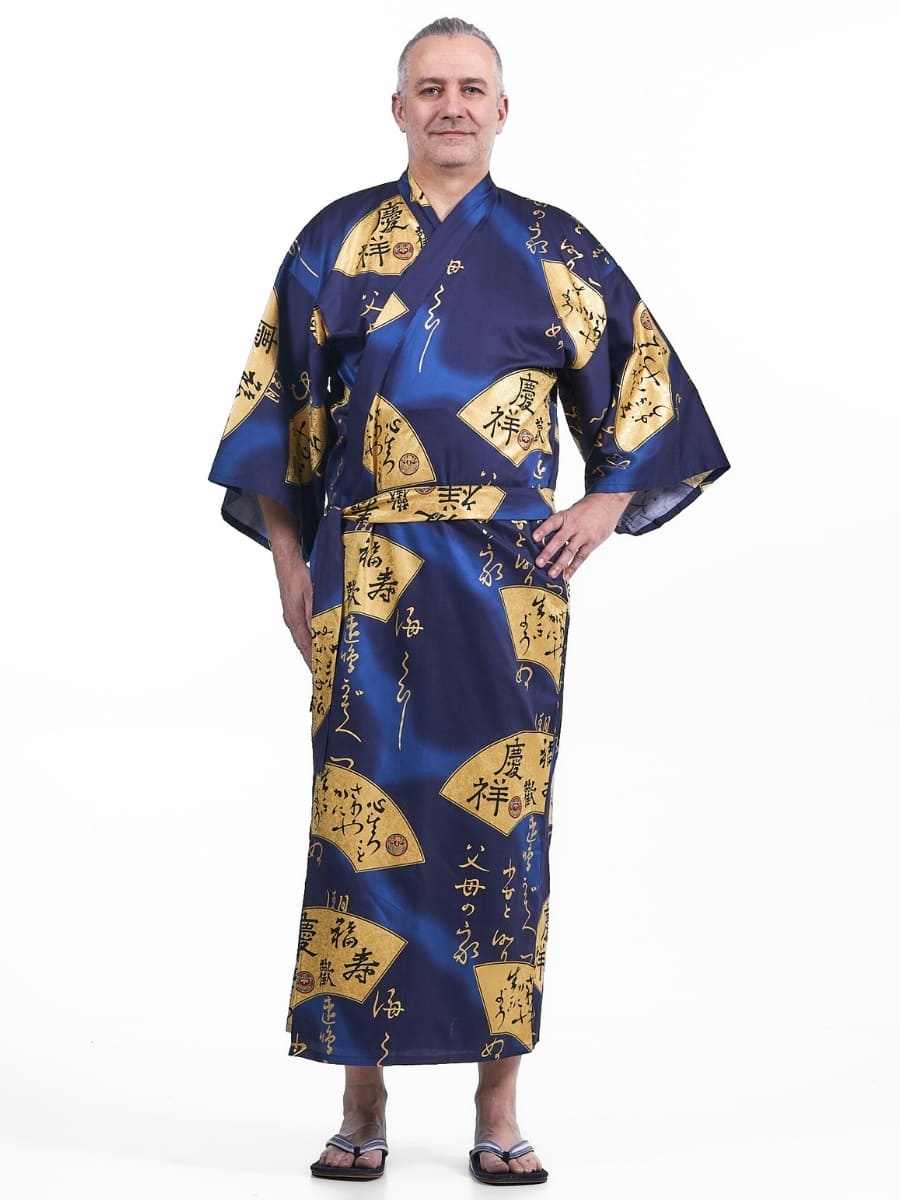
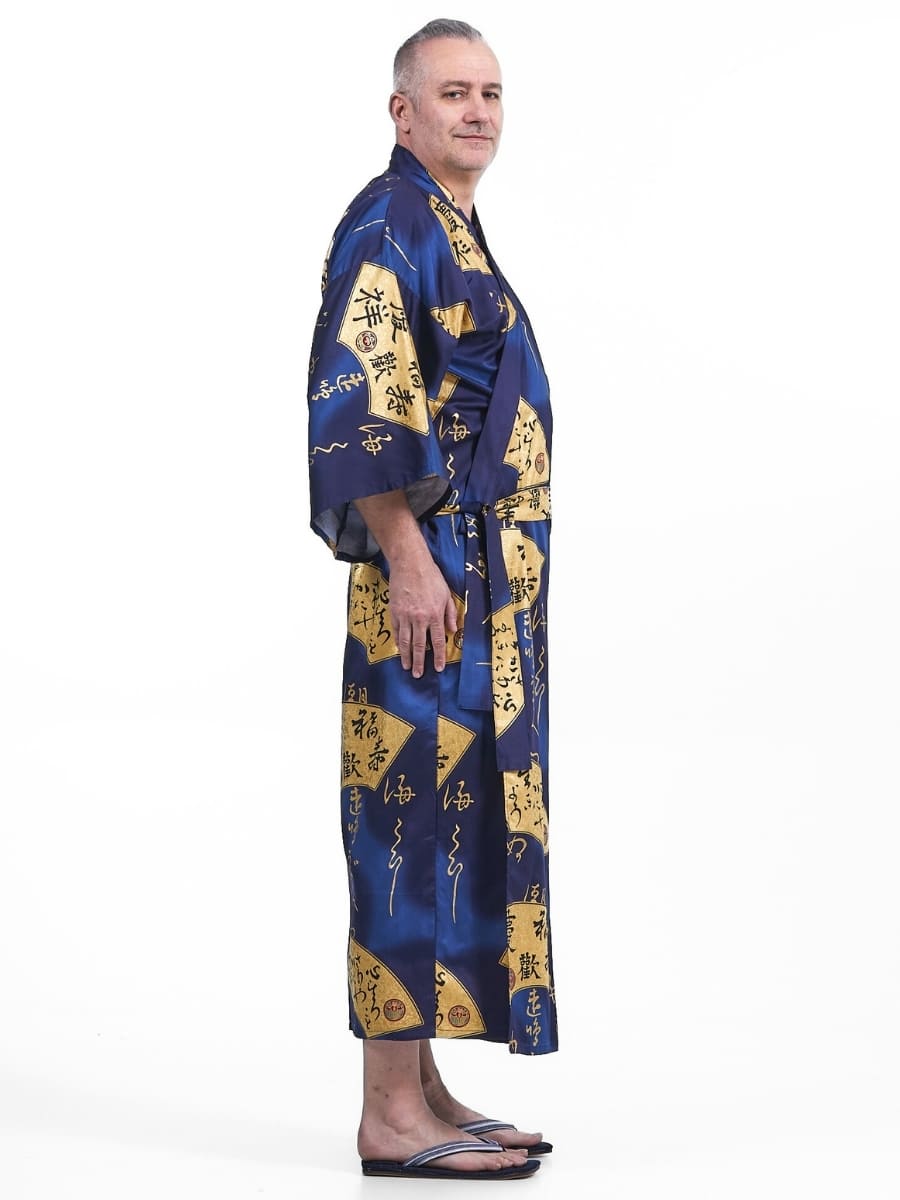
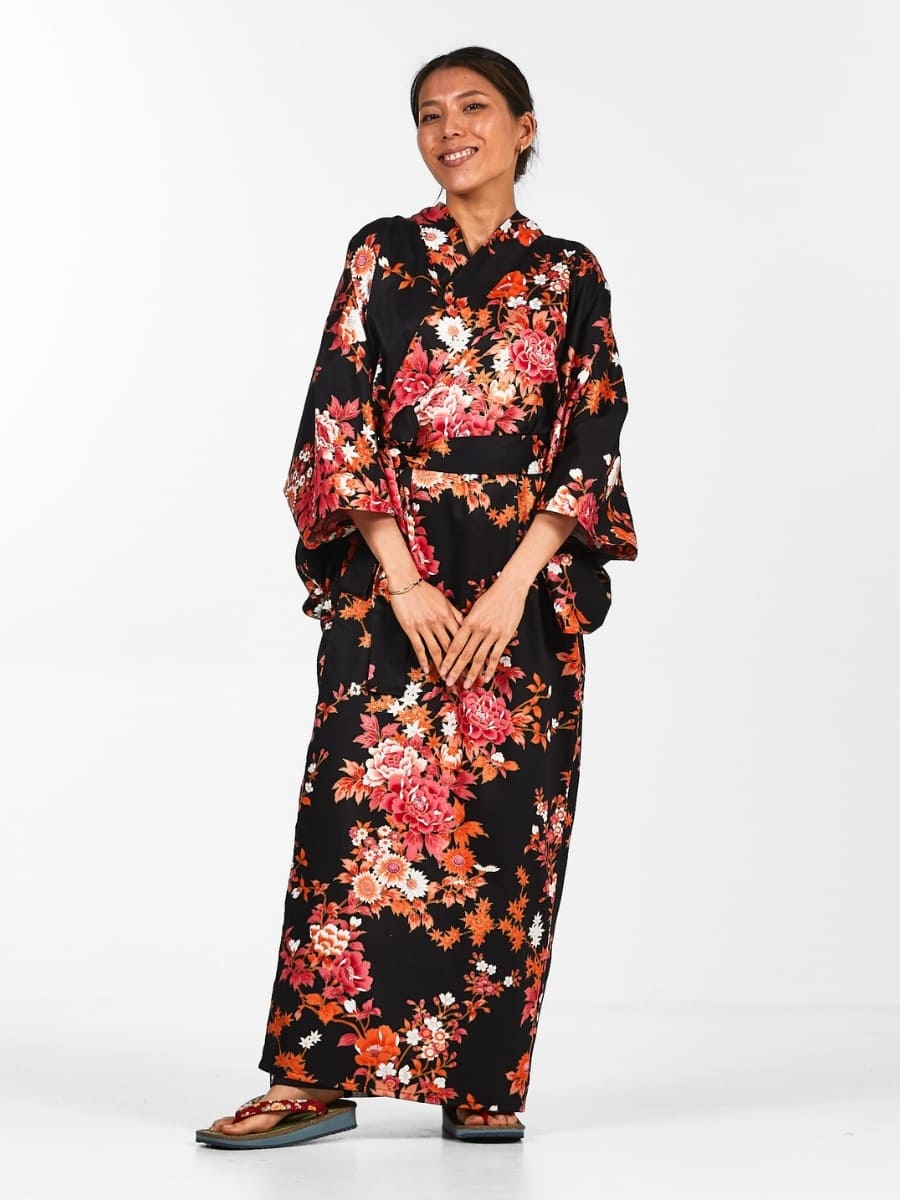
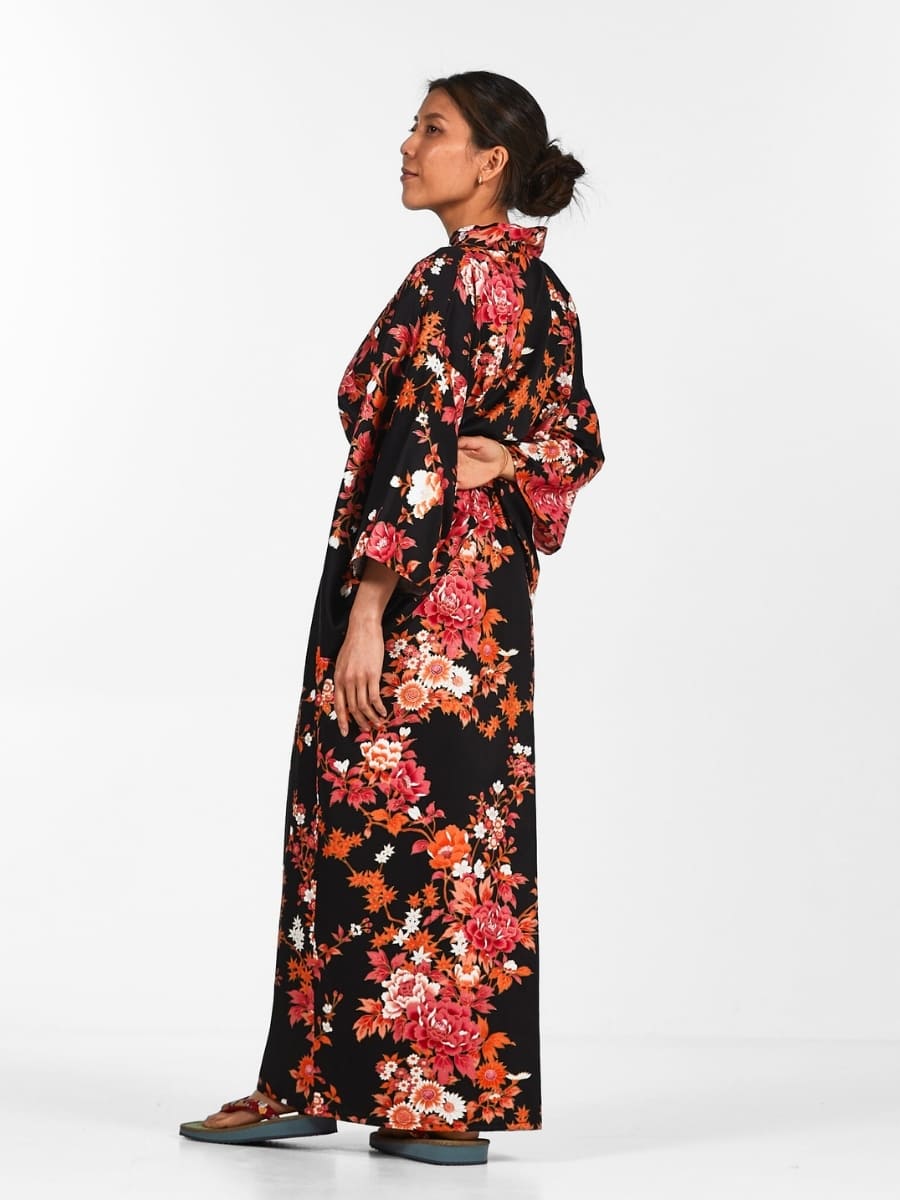
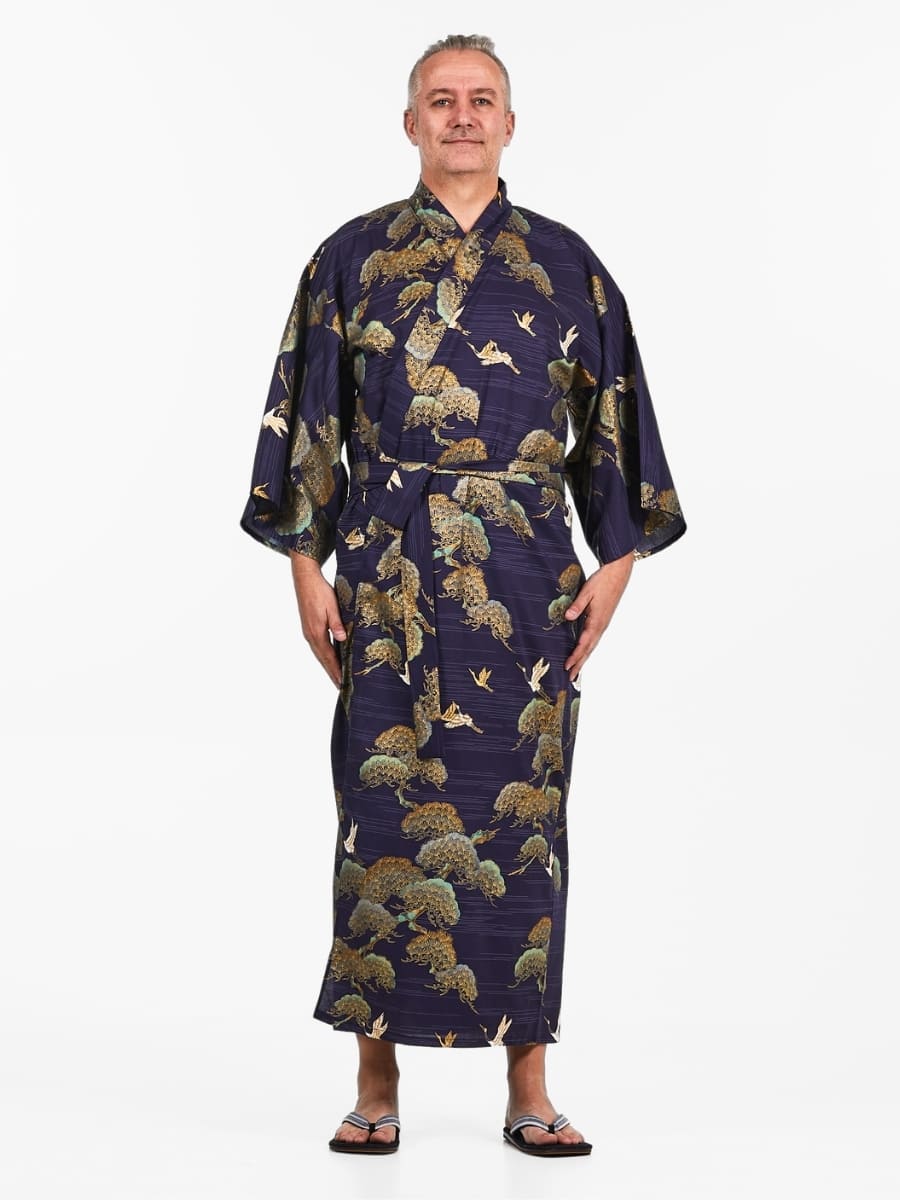
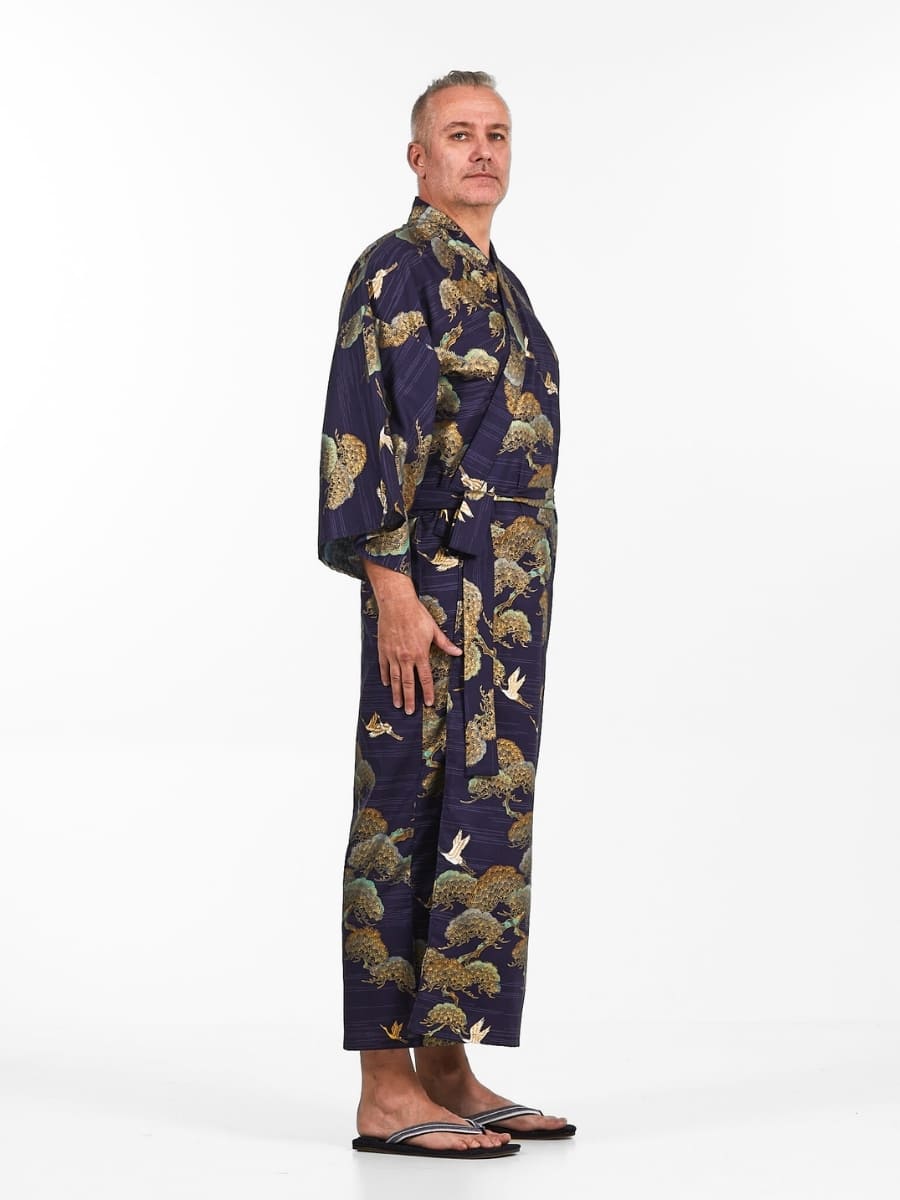
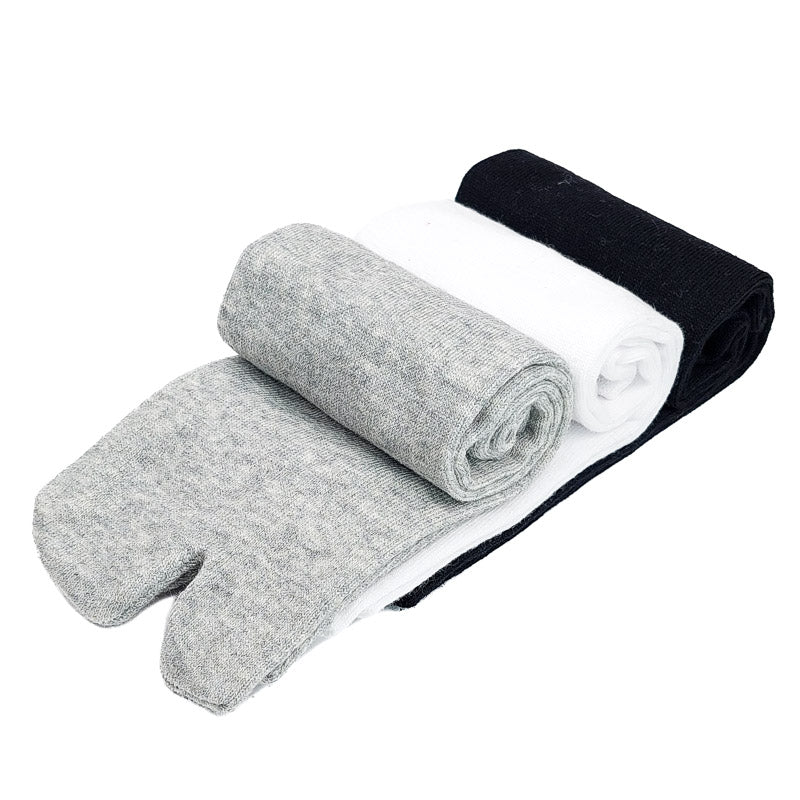
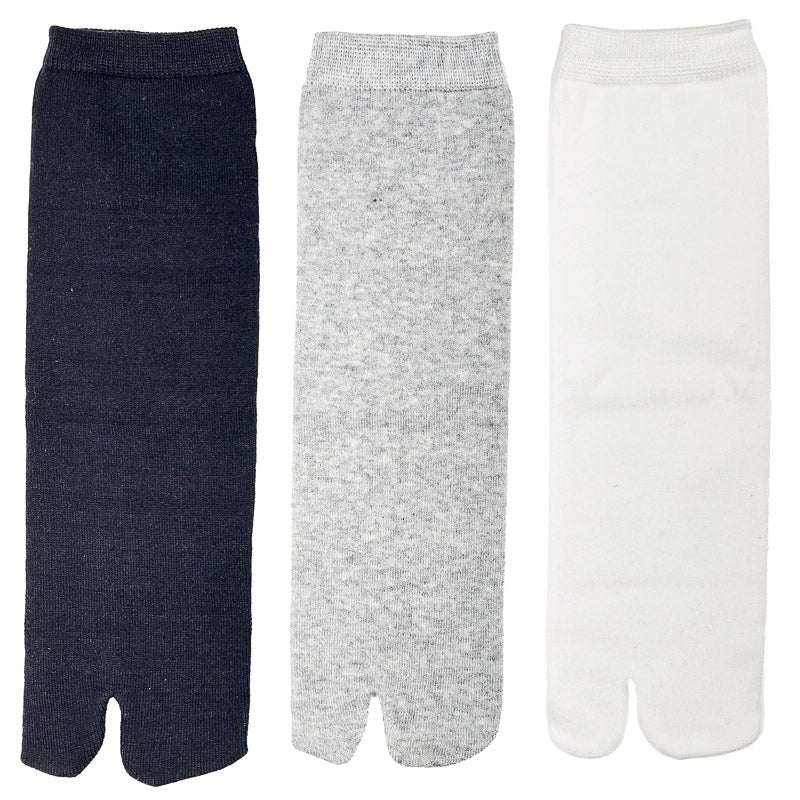

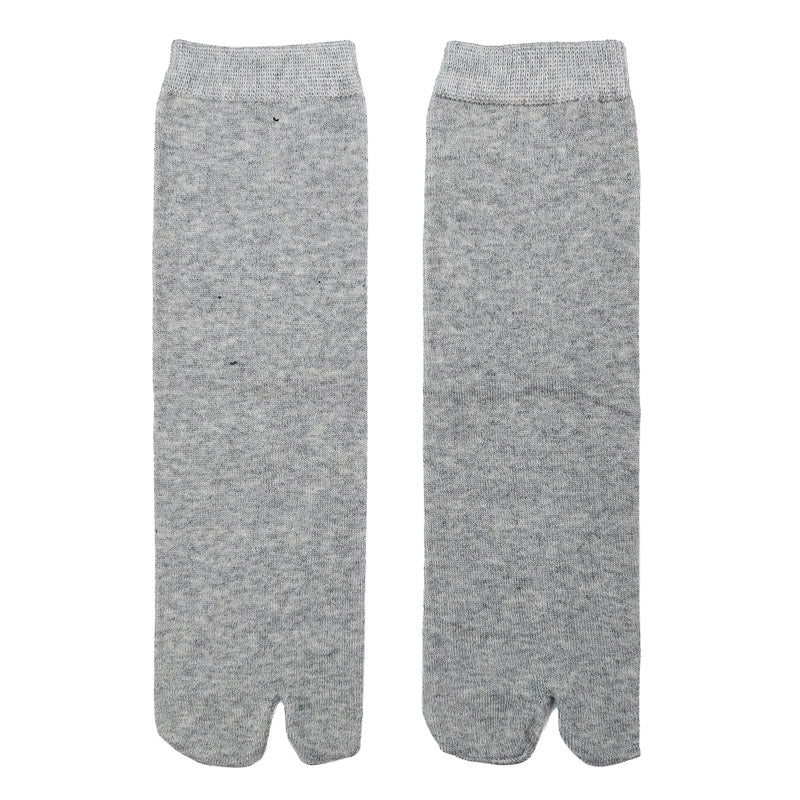

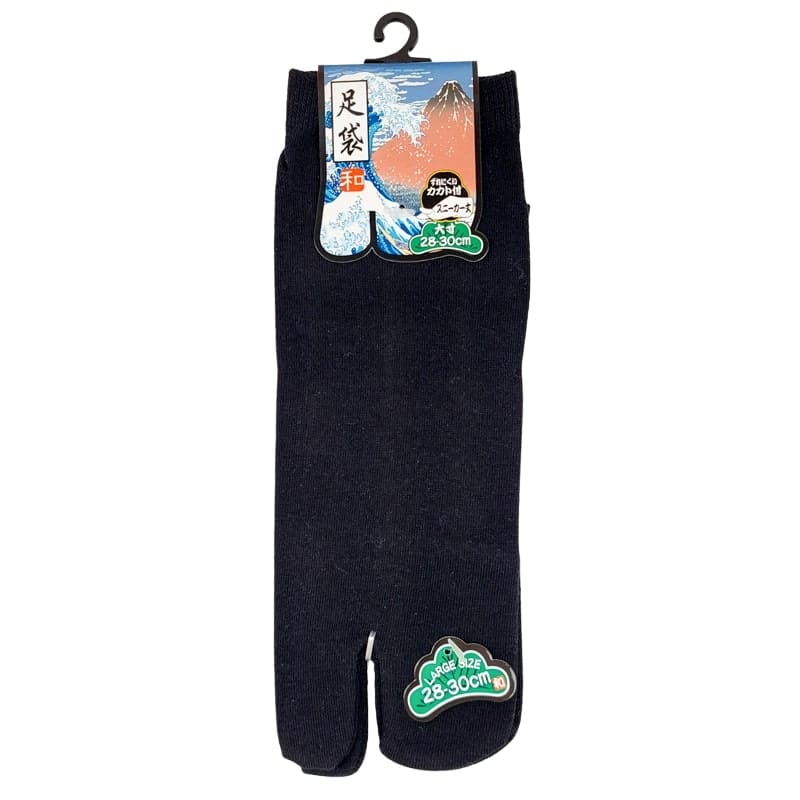
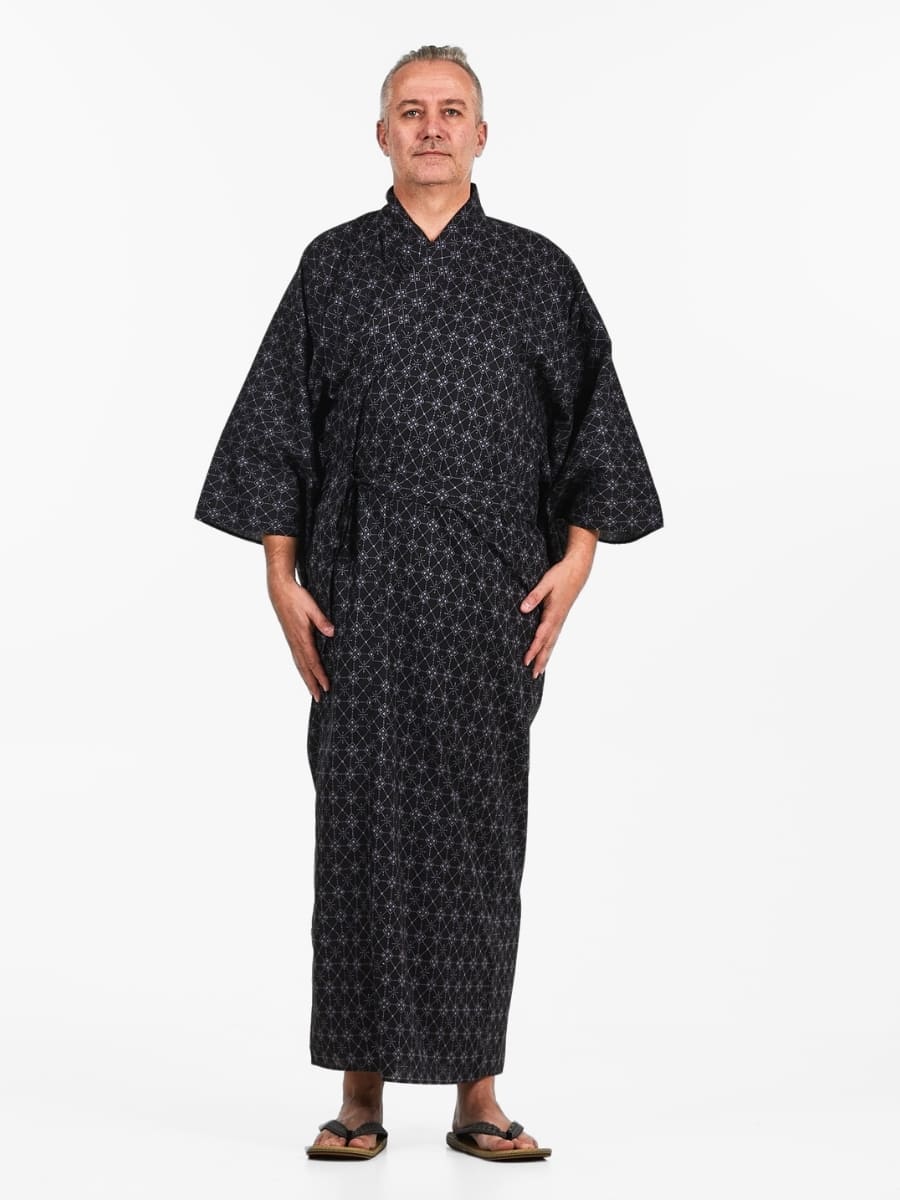
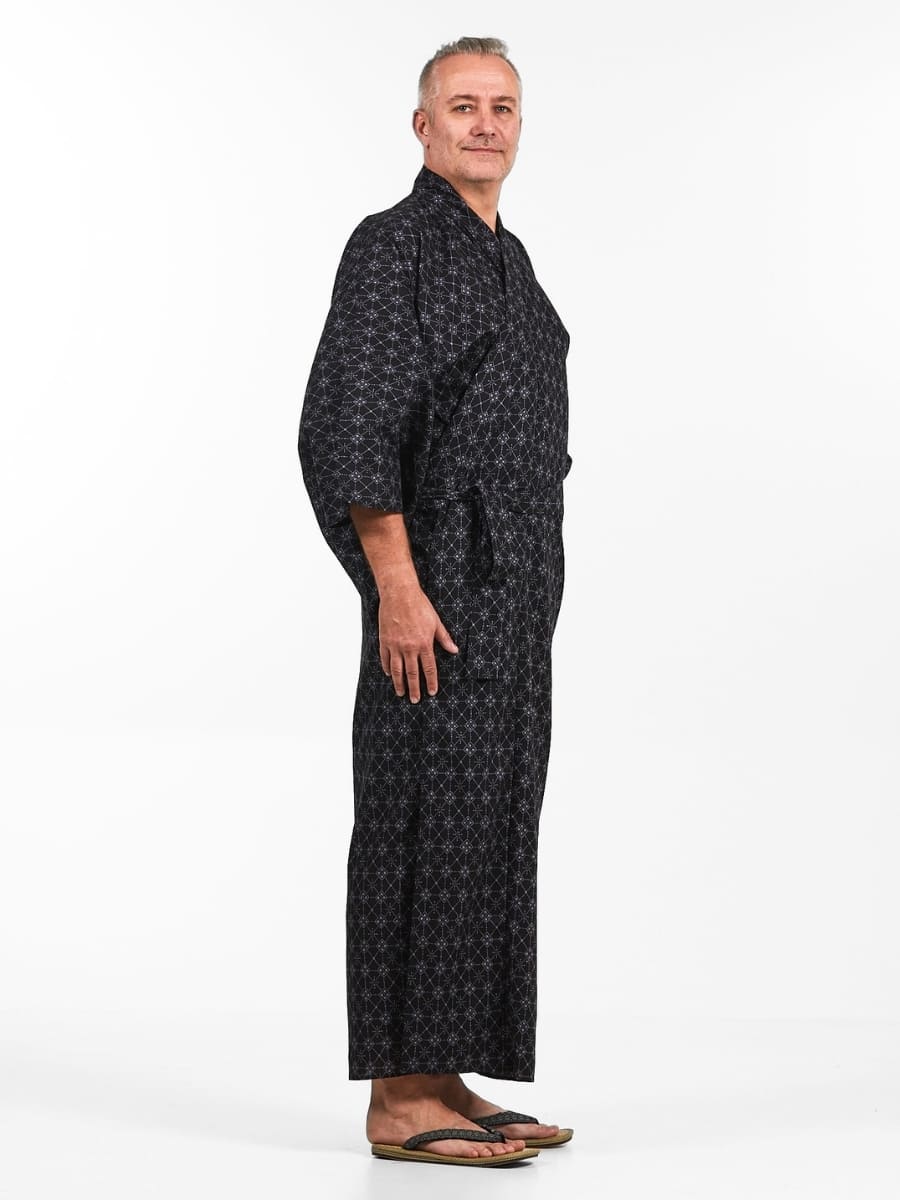
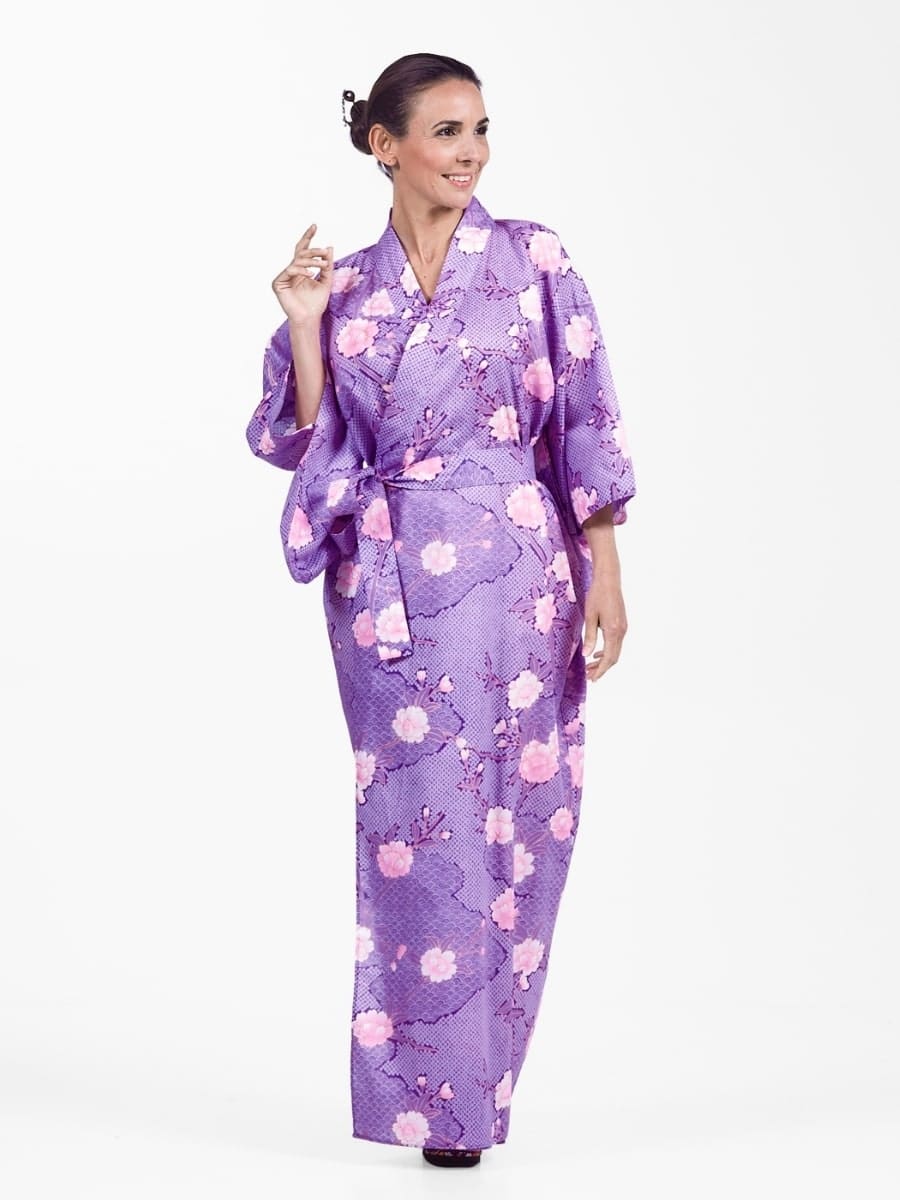
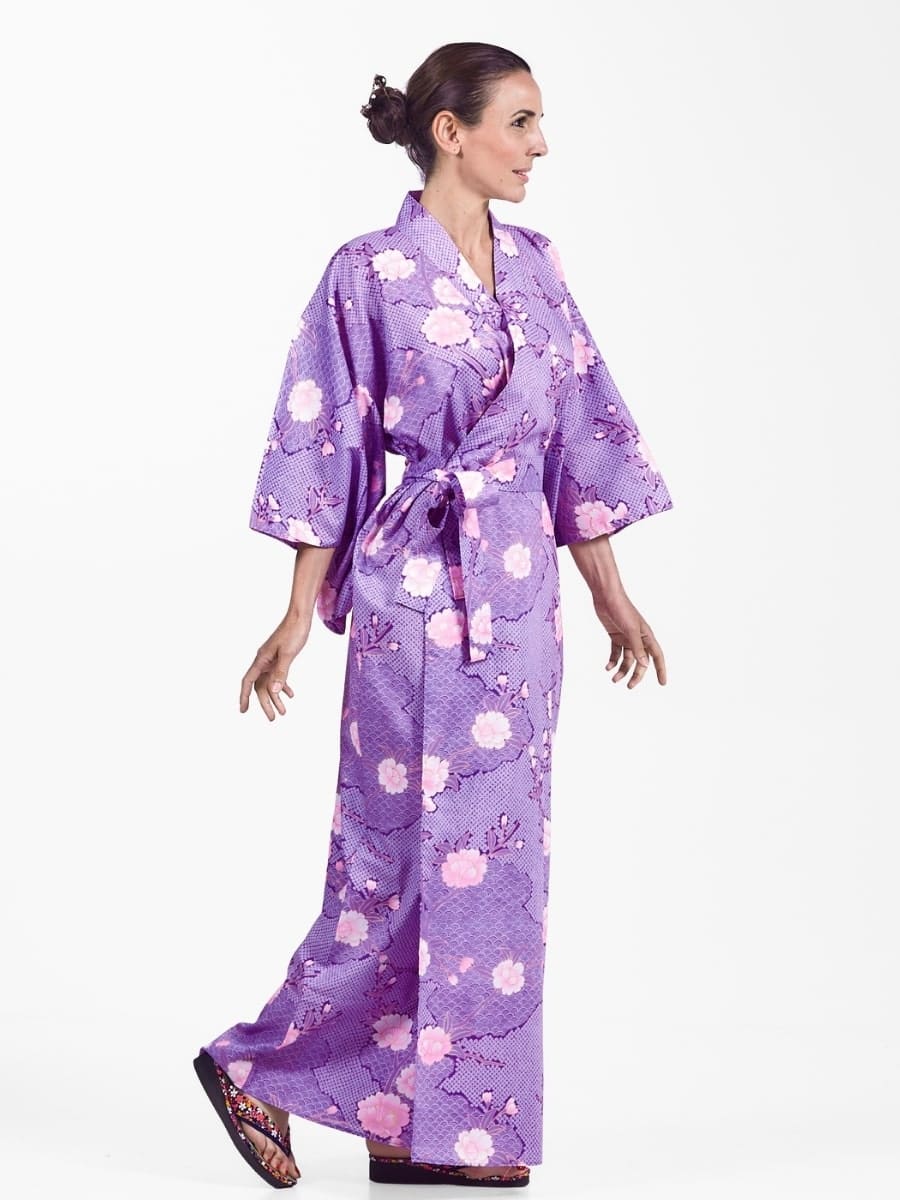

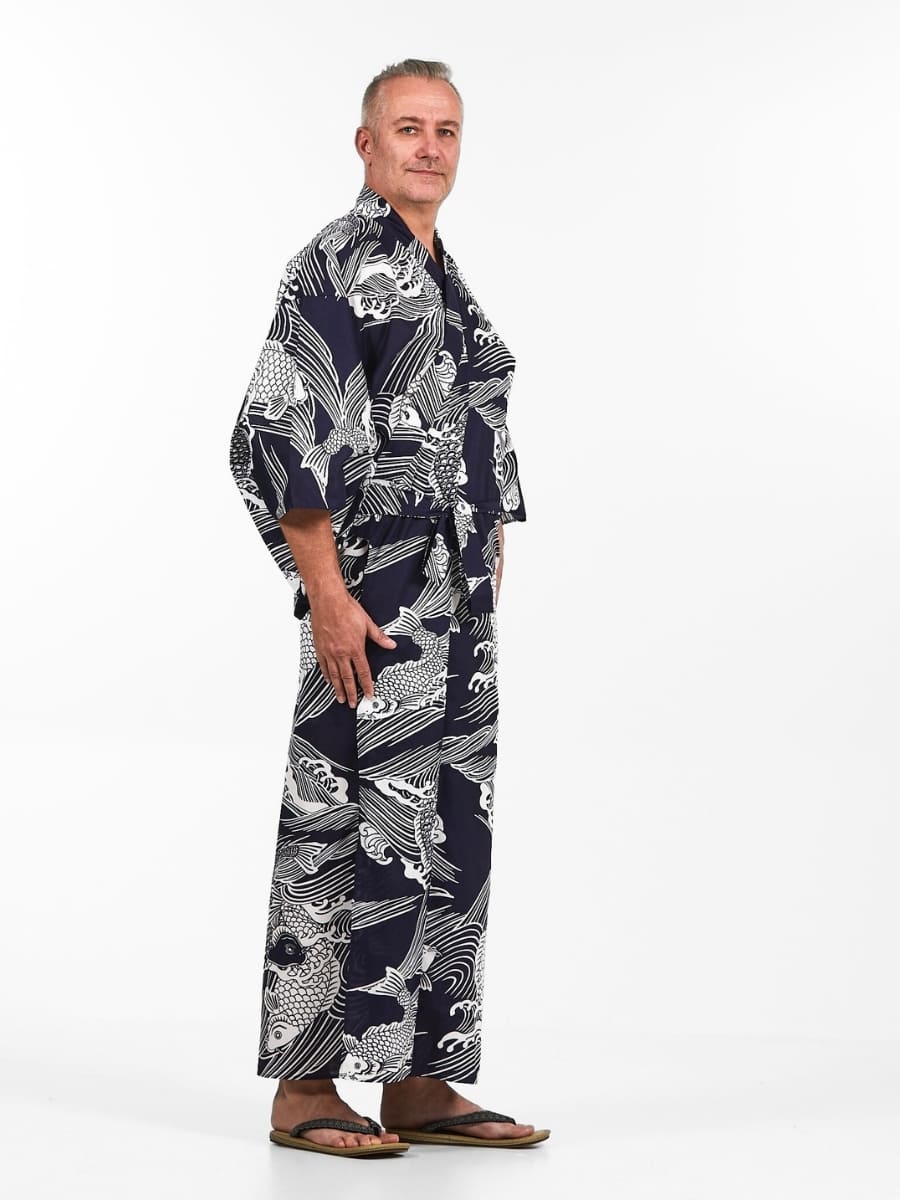
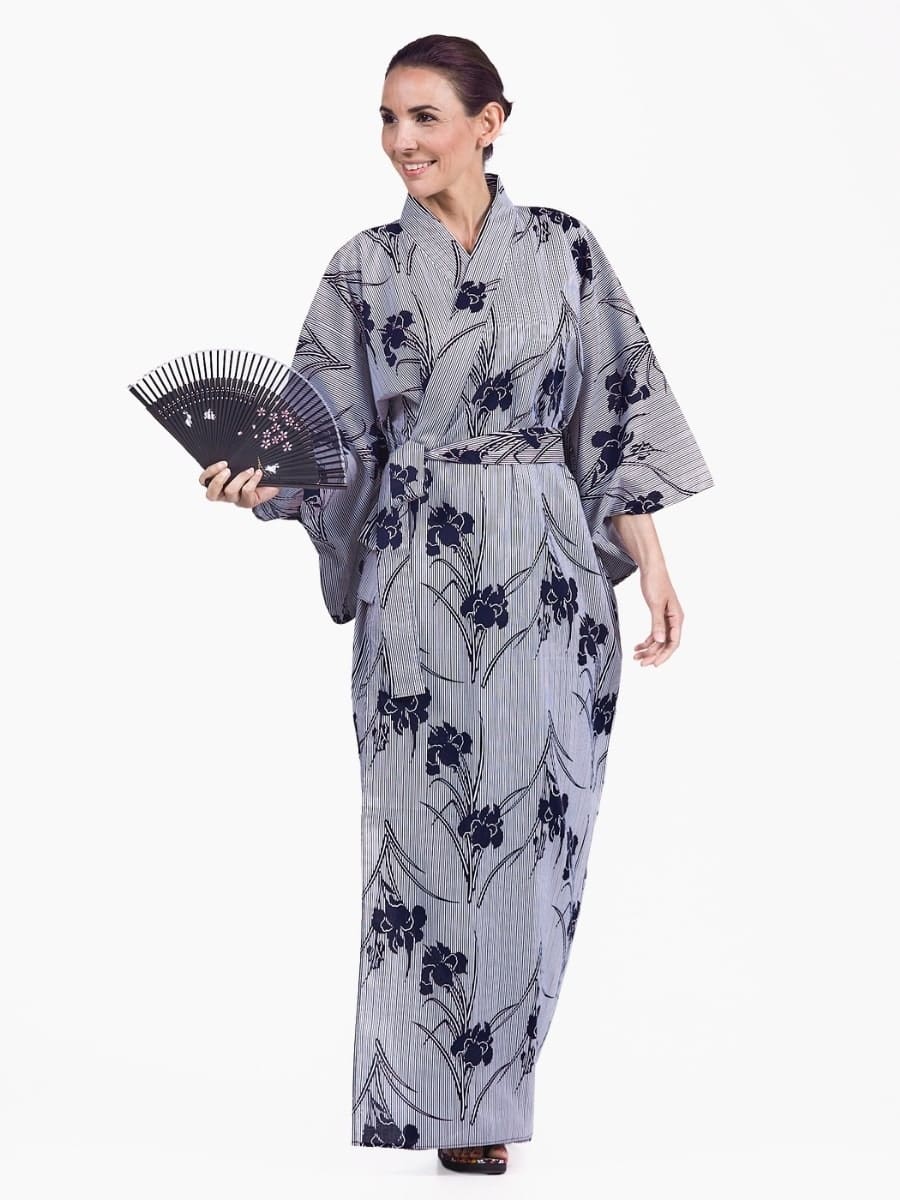
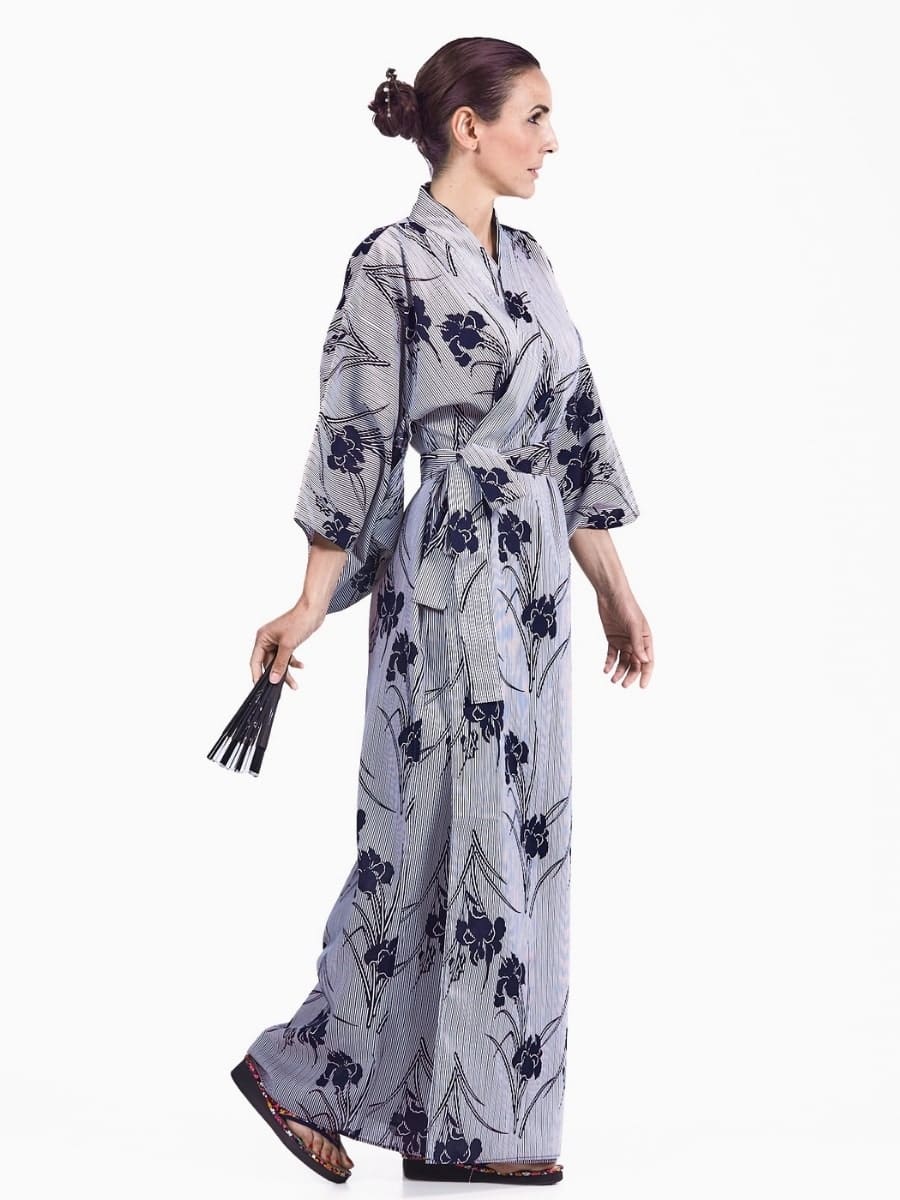
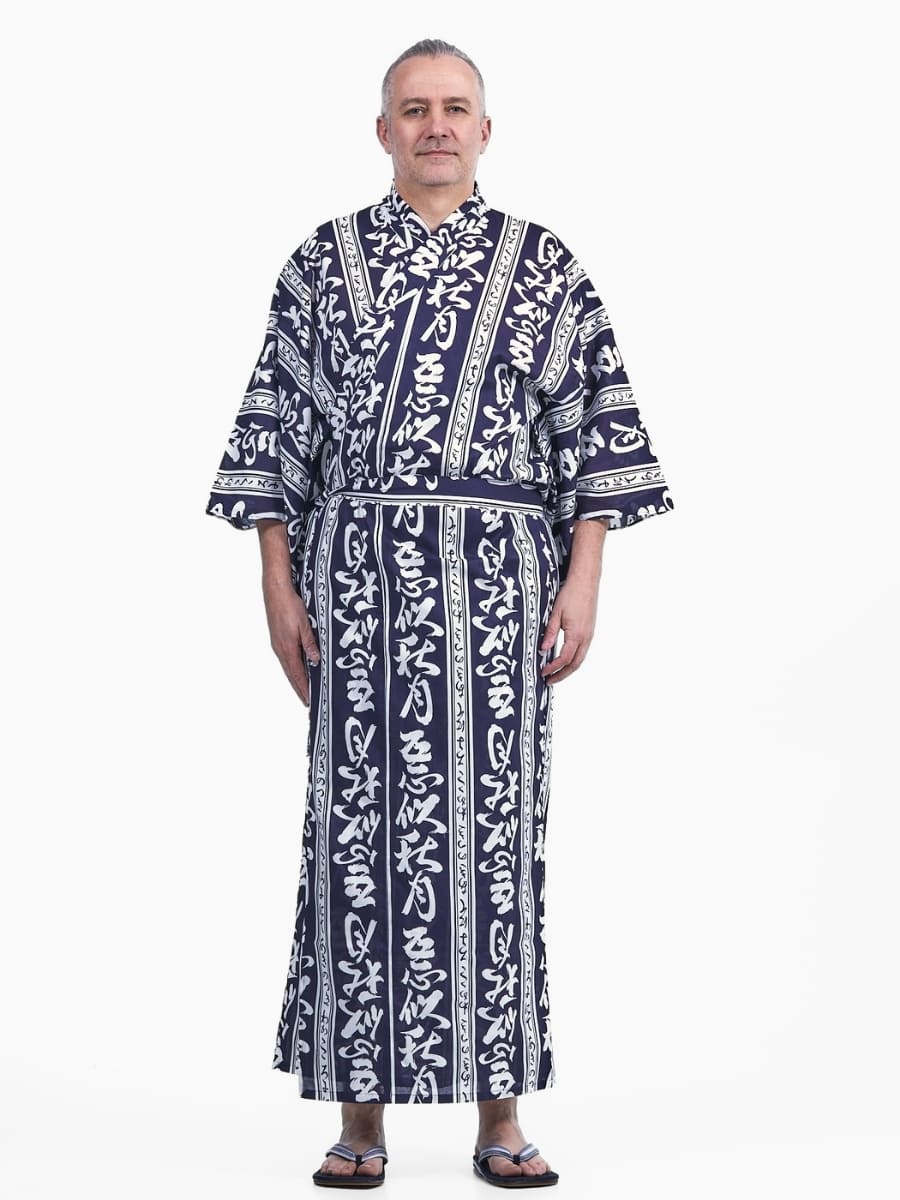
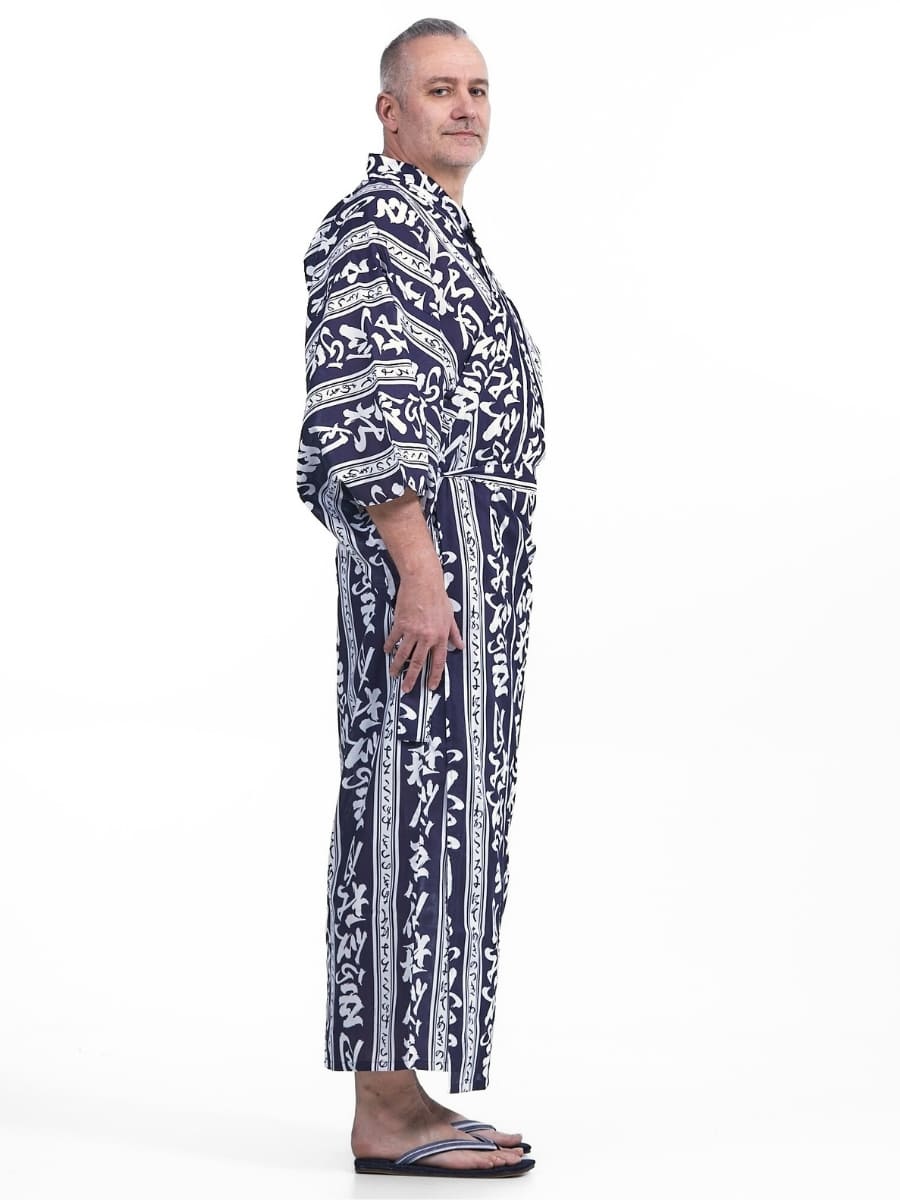
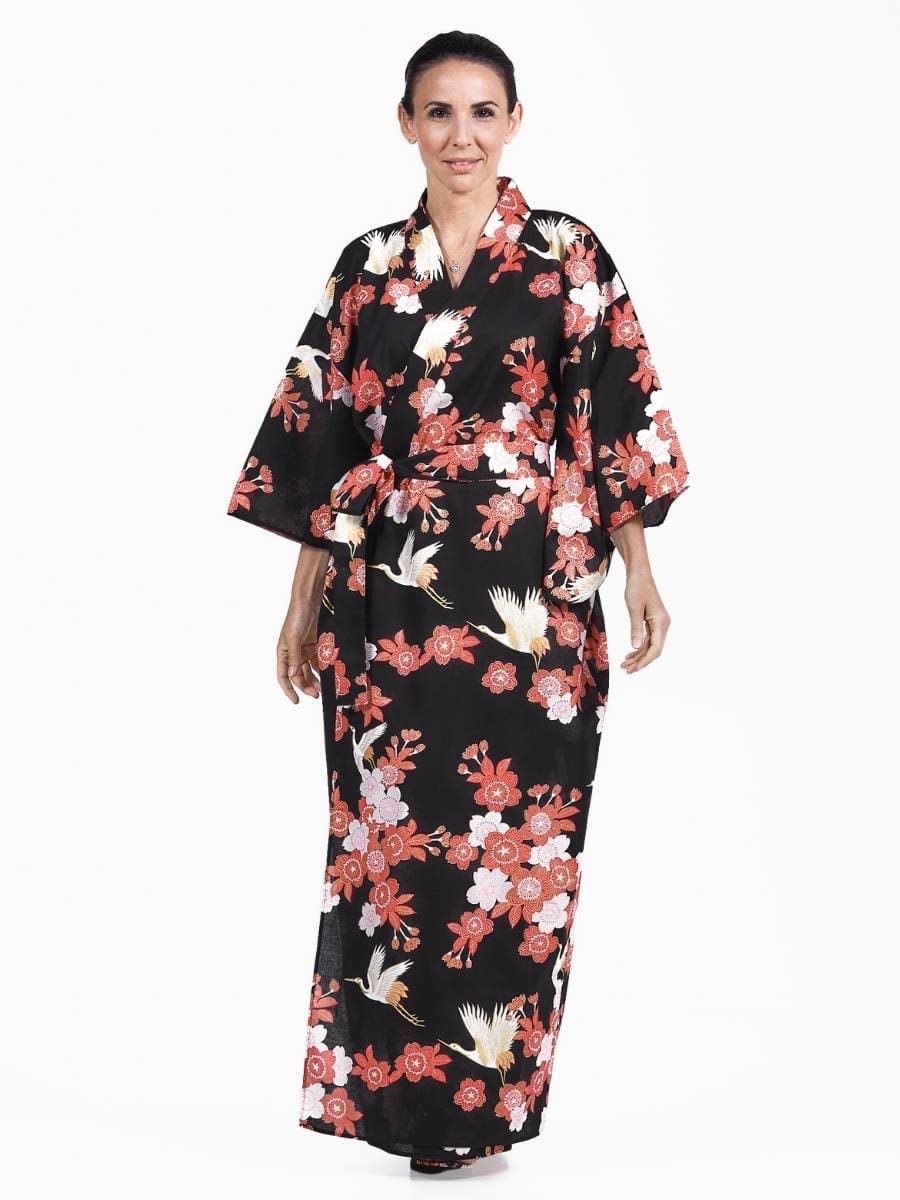


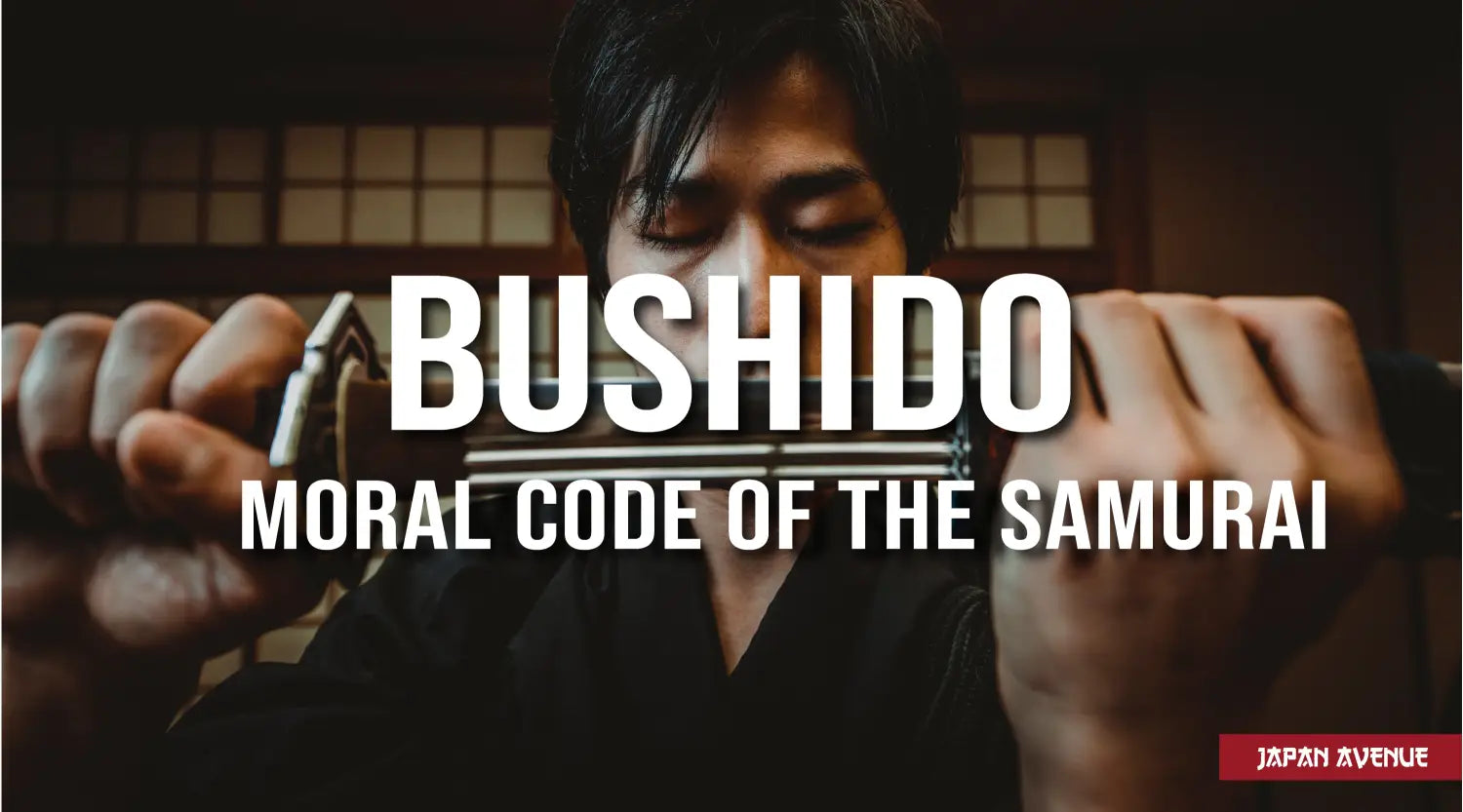
1 comment
Susan Robson
Thank you for sharing the details of the kimono and all of the garments that go along with this beautiful dress.
Thank you for sharing the details of the kimono and all of the garments that go along with this beautiful dress.